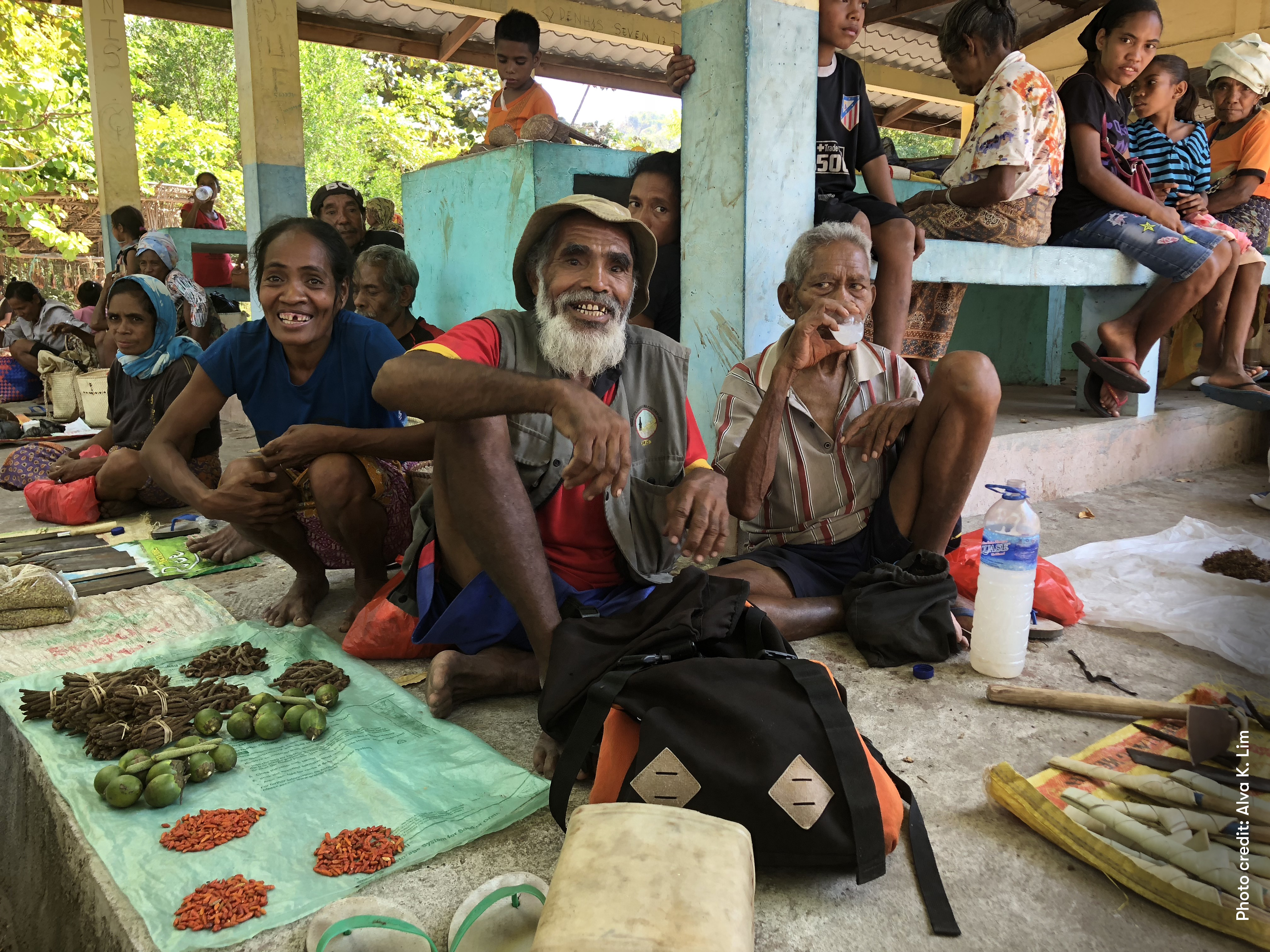
In the Asia Pacific region alone, nearly half a billion people are undernourished, and despite Sustainable Development Goal 2, focused on ending malnutrition by 2030, this number has grown in recent years. In addition to insufficient calories, a lack of diversity in food leads to micronutrient deficiencies and stunting and wasting in children. Overnutrition exists alongside undernutrition, resulting in overweight or obese adults and children with concurrent non-communicable diseases. Climate shocks—prevalent in the region—and conflict compound these risks and exacerbate the threat of malnutrition.
DT Global’s Innovation Resource Facility (IRF) worked closely with the Australian Department of Foreign Affairs and Trade’s (DFAT) innovationXchange (iXc), to address these complex malnutrition challenges in the Indo-Pacific through the LAUNCH Food program. DT Global, through the IRF, worked with 12 innovative organizations from across the globe to test and trial their concepts across 16 countries in the Indo-Pacific region.
Since malnutrition (both under and over nourishment) can be impacted by a variety of complex cultural factors, a one-size fits all approach won’t work to fight it. The LAUNCH Food Program enabled DT Global to support the testing and refining of a multi-faceted set of interventions across the region, building the capacity and reach of non-traditional aid partners, including small businesses and universities.
The innovations supported by DT Global ran the gamut—from improved pre- and post-harvest production, to products for increased nutrition, to behavior change to improve nutrition. Agricultural concepts ranged from a plasma-based treatment to kill mold and reduce food waste to AI technology to assist small holder farmers in improving productivity and, ultimately, moving closer to achieving food security. Concepts around food products used locally abundant foods, such as coconut or tuna, and worked with rural populations to create high-quality products which contributed to increasing local incomes and addressing food security issues. Another concept diversified overlooked but nutritious, traditional foods into new consumer products. Finally, some innovations worked with chefs and community leaders to encourage local and healthy food production and consumption—including through a televised regional Pacific Island cooking competition to encourage healthy eating and behavior change.
Eleven of these innovations moved along the innovation development trajectory (pathway to scale). This pathway began at the ‘idea’ stage and progressed to ‘sustainable scaling’. More than 14 thousand people participated in the activities, and the grants resulted in five new healthy food products for the region.
The video below, produced by DT Global for DFAT, showcases the work of this program. With more than US$10 million in external funding leveraged by the innovators to support their scaling, we can’t wait to see what they do next.